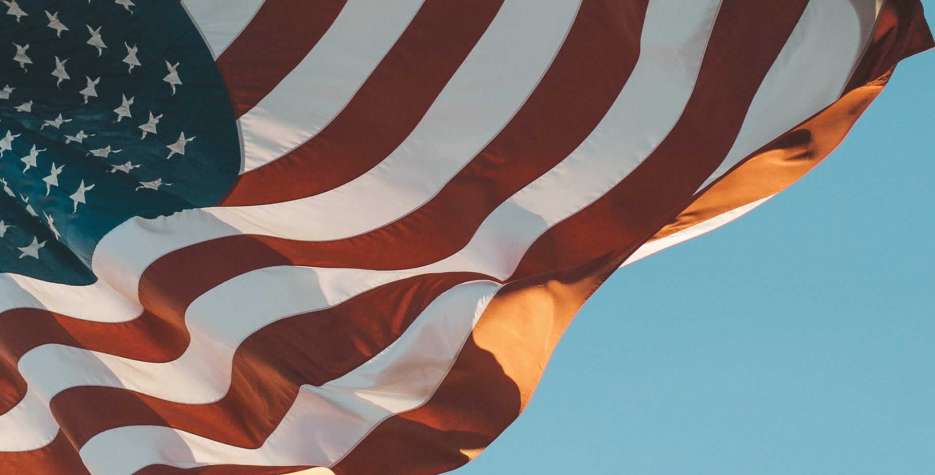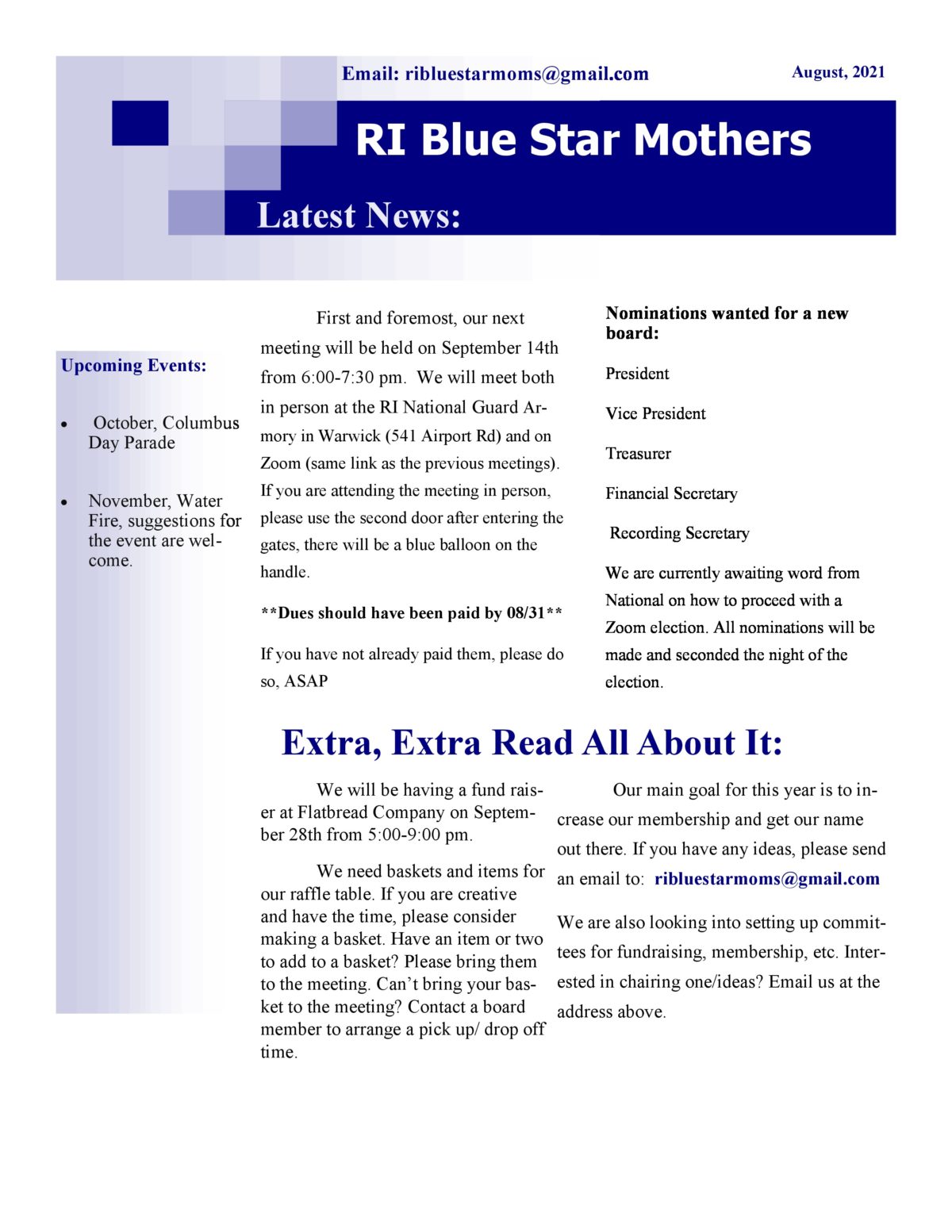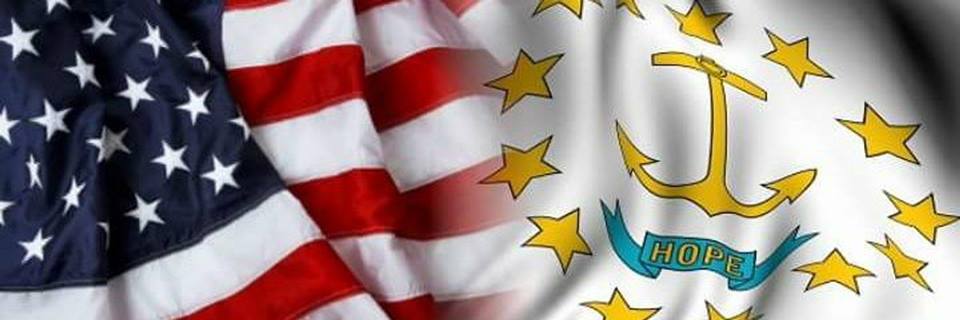
MEETING
RI BSM MONTHLY MEETING
Rhode Island Blue Star Moms | Our sons and daughters were called to duty. (ribluestarmoms.com)Next week’s meeting will be at the National Guard armory541 Airport Rd., Warwick, RI 02886 Go to the back of the building. If the gate is open, go to the last door on the right. If the gate is closed, a Blue star mom will be watching to let you in.
As a compliance reminder that mask-wearing is mandated for all federal buildings including the military. Please remember your masks, there will be disposables available in case you forget.
DIRECTIONS
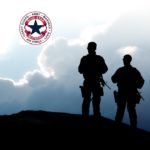
Here is the zoom linkJoin Zoom Meeting
https://us04web.zoom.us/j/71946451481?pwd=WUZ4TkJWaVkwVWM2c3pnWmFuSjJwZz09Meeting ID: 719 4645 1481
Passcode: 2JAQwM
Our sons and daughters were called to duty.
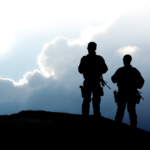
I support the Band of Mothers, who knows just how I feel. Sharing encouragement, stories, laughter, and tears for days or months, or years.
We meet on the 2nd Tuesday of every month at 6pm (LISTEN)
We meet on the 2nd Tuesday of each month.
Email: RIBlueStarMoms@gmail.com
How to Join: click here
We offer a safe place to share thoughts, concerns, and any personal stories which are kept solely within the group. You are NOT alone.
The Rhode Island Blue Star Moms is a military support group specially dedicated to supporting the troops and assisting the mothers and their families who have children serving in the U.S. military.
A chapter of the Blue Star Mothers of America, the RI Blue Star Moms provide military family support throughout the state of RI. Throughout the year, we create and send military care packages to show our loved ones that they are our heroes, that we appreciate their service and that we continue to support them while they are away from home.
We share our concerns, our support, our pride, and our devotion for our loved ones serving in the United States Armed Forces. Through various events and activities, we support fellow Blue Star Moms, associate members, our children serving in the military, our veterans, and our community. We provide military family support to benefit our members and their families and we promote causes that will benefit military personnel through a military advocacy program.
The RI Blue Star Moms is a non-partisan, non-sectarian, non-discriminatory and non-profit organization. Our mission is to support fellow Blue Star members, their sons, daughters and any other family members who are currently serving or have served in the United States military.
The Service flag is an official banner authorized by the Department of Defense for display by families who have members serving in the Armed Forces during any period of war or hostilities the United States may be engaged in for the duration of such hostilities.
EMAIL: ribluestarmoms@gmail.com
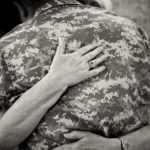
I am a soldier’s mother; I sometimes march alone
And yet I stand with many, trying to be strong.
You may not recognize me as you pass me on the street;
I may look like any other that you by chance might meet.
Like any mother, in a lot of ways, I still remain,
But watching my son become a soldier brought a forever change.
For deep down inside where you cannot see
My own battle rages that’s as real as it can be.
It starts with feeling pride in all he has become,
But often worry creeps in before the day is done.
Then there is his absence that never will seem right –
The days without a word that causes many sleepless nights.
And at the sight of another soldier, my heart skips a beat,
For it reminds me of my own, and that face I’d love to see.
And I have a deeper sense of the sacrifices our heroes make;
I can see the hardships on the families – the loneliness, the heartache.
But in spite of all that’s raging, this mother’s love holds strong
As I’m wrapped in God’s peace and comfort and given strength to go on.
© Cynthia GibbsNonprofit Organization
Flag Etiquette
General Display American Flag Etiquette
It is the universal custom to display the American flag only from sunrise to sunset on buildings and on stationary flagstaffs in the open. However, when a patriotic effect is desired, the flag may be displayed twenty-four hours a day if properly illuminated during the hours of darkness.

1. When displayed either horizontally or vertically against a wall, the union should be uppermost and to the flag’s own right, that is, to the observer’s left. When displayed in a window, the American flag should be displayed in the same way, with the union or blue field to the left of the observer in the street. No other flag or pennant should be placed above, or, if on the same level, to the right of the flag of the United States of America, except during church services conducted by naval chaplains at sea…for personnel of the Navy…when the church pennant may be flown above the flag.
No person shall display the flag of the United Nations of any other national of international flag equal, above, or in a position of superior prominence or honor to, or in place of, the flag of the United States at any place within the United States or any Territory of possession thereof; provided, that nothing in this section shall make unlawful the continuance of the practice heretofore followed of displaying the flag of the United Nations in a positions of equal prominence of honor, and other national flags in positions of equal prominence or honor, with that of the flag of the United States at the headquarters of the United Nations.

2. When flags of States, cities, or localities, or pennants of societies are flown on the same halyard with the flag of the United States, the latter should always be at the peak with six inches between each flag.

3. When the flags are flown from adjacent staffs, the American flag should be jousted first and lowered last. No such flag or pennant may be placed above the flag of the United States or to the United States flag’s left.

4. The American flag, when it is displayed with another flag against a wall from crossed staffs, should be on the right, the flag’s own right, and its staff should be in front of the staff of the other flag.

5. The American flag should be at the center and at the highest point of the group when a number of flags of States or localities or pennants of societies are grouped and displayed from staffs.

6. When flags of two of more nations are displayed, they are to be flown from separate staffs of the same height. The flags should be of approximately equal size. International usage forbids the display of the flag of one nation above that of another nation in time of peace.

7.When used on a speaker’s platform, the flag, if displayed flat, should be displayed above and behind the speaker. When displayed from a staff in a church or public auditorium, the flag of the United States of America should hold the position of superior prominence, in advance of the audience, and in the position of honor at the clergyman’s of speaker’s right as he faces the audience. Any other flag so displayed should be placed on the left of the clergyman or speaker of the right of the audience.
You can purchase flags here.

Flag Etiquette Half Staff
The flag, when flown at half-staff, should be first hoisted to the peak for an instant and then lowered to the half-staff position. The flag should be again raised to the peak before it is lowered for the day. On Memorial Day, the American flag should be displayed at half-staff until noon only, then raised to the top of the staff. By order of the President, the flag shall be flown at half-staff upon the death of principal figures of the United States Government and the Governor of the State, territory or possession, as a mark of respect to their memory.
In the event of the death of other officials of foreign dignitaries, the flag is to be displayed at half-staff according to presidential instructions of orders, or in accordance with recognized customs practices not inconsistent with law. In the event of the death of a present or former official of the government of any State, territory or possession of the United States, the Governor of that State, territory or possession may proclaim that the National flag shall be flown at half-staff.
The flag shall be flown at half-staff thirty days from the death of the President or a former President; ten days from the death of the Vice President, the Chief Justice or a retired Chief Justice of the United States, or the Speaker of the House of Representatives; from the day of death until internment of an Associate Justice of the Supreme Court, a Secretary of an executive or military department, a former Vice President, or the Governor of a State, territory, or possession; and on the day of death and the following day for a Member of Congress. The flag shall be flown at half-staff on Peace Officers Memorial Day, unless that day is also Armed Forces Day.
Flags flown on poles affixed to a home or building are not to be flown at half staff but a memorial streamer may be affixed to the top of the flagpole.
Excerpts from The Flag Code of the United States — Public Law 94-344, July 7, 1976.

Display on Arm Patches
“No part of the flag should ever be used as a costume or athletic uniform. However, a flag patch may be affixed to the uniform of military personnel, firemen, policemen, and members of patriotic organizations. The flag represents a living country and is itself considered a living thing. Therefore, the lapel flag pin being a replica, should be worn on the left lapel near the heart.”
U.S. Code, Title 4, Chapter 1, Section 8(j)
The National Flag Foundation suggests “…we recommend that the flag patch on the left sleeve of a uniform should have the union to the viewer’s left while a patch on the right sleeve should be displayed with the union to the viewer’s right so that, in both cases, the flag is facing forward and is streaming to the back as the person moves forward.” Read more about the National Flag Foundation by visiting their Web site at www.AmericanFlags.org.

Display on Vehicles
The orientation of the flag on vehicle decals should be treated the same as arm patches. The National Flag Foundation suggests “The decals or paintings on a vehicle would also be placed so that the union on the driver’s side of the vehicle would be to the viewer’s left while the union on the passenger side of the vehicle would be to the viewer’s right.” Read more about the National Flag Foundation by visiting their Web site at www.AmericanFlags.org.

Display on Motorcycles
When the US flag is flown alone, it needs be at the center on the back of the motorcycle, or to its “marching right.” The “marching right” is on the right side of the motorcycle to the rider’s perspective when facing forward. If the US Flag is on your bike with another, it should be to its “marching right.” All flags flown with the US Flag are the same size and at the same height of the US Flag. While the US Flag is on your bike with several other flags the US flag is placed at the center and highest. Other flags should be arranged in alphabetical order and in decreasing importance – Nations first, states (in order of admittance) and territories second, military third (in order of establishment), and then any others.

Display in Maritime Setting
For the most part, the provisions of the Flag Code are manifest in the traditions and customs for the display of the U.S. Ensign (flag) by seamen. The following provisions are made for the display of the flag on a mast located on yacht club grounds. (Chapman Piloting: Seamanship and Small Boat Handling, American Book-Stratford Press, Inc., New York, NY)
1. Single Mast (no Yard or Gaff)
” U.S. Ensign (flag) is flown at the truck (#1).
” All other flags are pennants flown below U.S. Ensign.
2. Mast with Yard:
” U.S. Ensign (flag) is flown at the truck (#1).
” Club burgee (flag) is flown at the starboard (right) yard arm (#3).
3. Mast with a Yard and Gaff:
” U.S. Ensign (flag) is flown at the gaff (#2).
” Club burgee (flag) is flown at the truck (#1).
” Flags at #3 and #4 vary depending on the activity at the club.
It is display #3 which causes the most confusion. This puts the club burgee in a higher position physically, but not above that of the U.S. Ensign (flag) symbolically. By the normal Flag Code provisions, this would seem to be an incorrect display. The tradition of the seas, however, is to hold the gaff as the position of honor; thus, the intent of this tradition and display is to give proper respect to the flag.
Where a yard is involved, rules provide that when a foreign ensign is displayed, the U.S. Ensign (flag) is flown at #3; the foreign ensign at #4; the club burgee at #1; and other flags at #2.
The gaff extends aft (to the rear), and a mast on yacht club grounds is faced seaward. Therefore the gaff will (or should) be directed toward the land. The observation point then becomes a point somewhere on the sea side of the mast. This then makes the placement of the U.S. Ensign (flag) in regard to the foreign ensign conform to Flag Code provisions.
In the military, OPSEC stands for Operational Security. There are rules and guidelines for OPSEC that pertain to services members and their families and friends. In this day and age with social media, there are a lot of bad guys out there looking for information to deter the safety and missions of our nation’s military.
WHAT IS OPSEC?
OPSEC protects US operations – planned, in progress, and those completed. OPSEC is keeping potential adversaries from discovering critical information about the Department of Defense. The military needs to accomplish the mission quickly and successfully. Success relies on secrecy, surprise, and private information. Enemies want this critical information, and they are not just after the military member to get it. They also look to military families and friends.
Unfortunately, OPSEC can’t be summed up in a brief list of rules and regulations and be expected to cover every possible situation. There are some general rules and guidelines to follow for military family members and friends.
RULES OF OPSEC
- Do not post detailed information about the mission of assigned units.
- Do not post details on locations and times of unit deployments.
- Do not list your spouse’s specific job on social media.
- Do not post where your spouse is ported.
- Do not post about personnel transactions that occur in large numbers (Example: pay information, powers of attorney, wills, deployment information).
- Do not post details on locations and times of unit trainings
- Do not post unit/service member itineraries
- Do not post references to trends in unit morale or personnel problems.
- Do not post details concerning security procedures, response time, tactics.
- Do not post details Personal Identifying Information (PII)
- Do not post exact redeployment dates
- Do not reveal camp locations, including nearby cities. After the deployment is officially announced by Military officials, you may discuss locations that have been released, normally on the Country level.
- Do not discuss convoy routes (“we travelled through ‘such-and-such’ on our way to X”)
- Do not discuss equipment or lack thereof, to include training equipment
- Avoid the use of count-up or count-down tickers for the same reason as rule #1, if you do decide to use one, make sure only YOU and those you trust are able to see it.
- Be very careful if posting pictures of your loved one. Avoid images that show significant landmarks near their base of operations, and black out last names and unit affiliations.
- Do not, EVER, post information about casualties (coalition or enemy) before the official release of the information.
- Do not pass on rumors (“I heard they’re coming home early”, etc)
SOCIAL MEDIA
You may want to limit your posts to friends-only. Defaults can change on Facebook with no real notice, and suddenly you’re posting to the Public. If your FRG has a facebook group, ask the leader if it’s secret, closed, or public. What you post to a group may appear on other people’s timelines as well.
Photos
If you must post photos, consider cropping or blurring some details on pictures.
Geotagging
Make sure your location services setting is turned off, if you don’t want your or your spouse to be reporting where their location is.
Social media is not going away any time soon. More and more issues arise with social media and consequences hit much harder and much faster (with consequently less time to “undo” a mistake).
These OPSEC rules aren’t meant to limit your free speech or restrict your liberties- that’s exactly what our men and women in uniform fight to protect. They are put into place to help ensure the safety and security of our nation’s military.
If you have any questions, contact your (or your sponsor’s) unit OPSEC manager.

